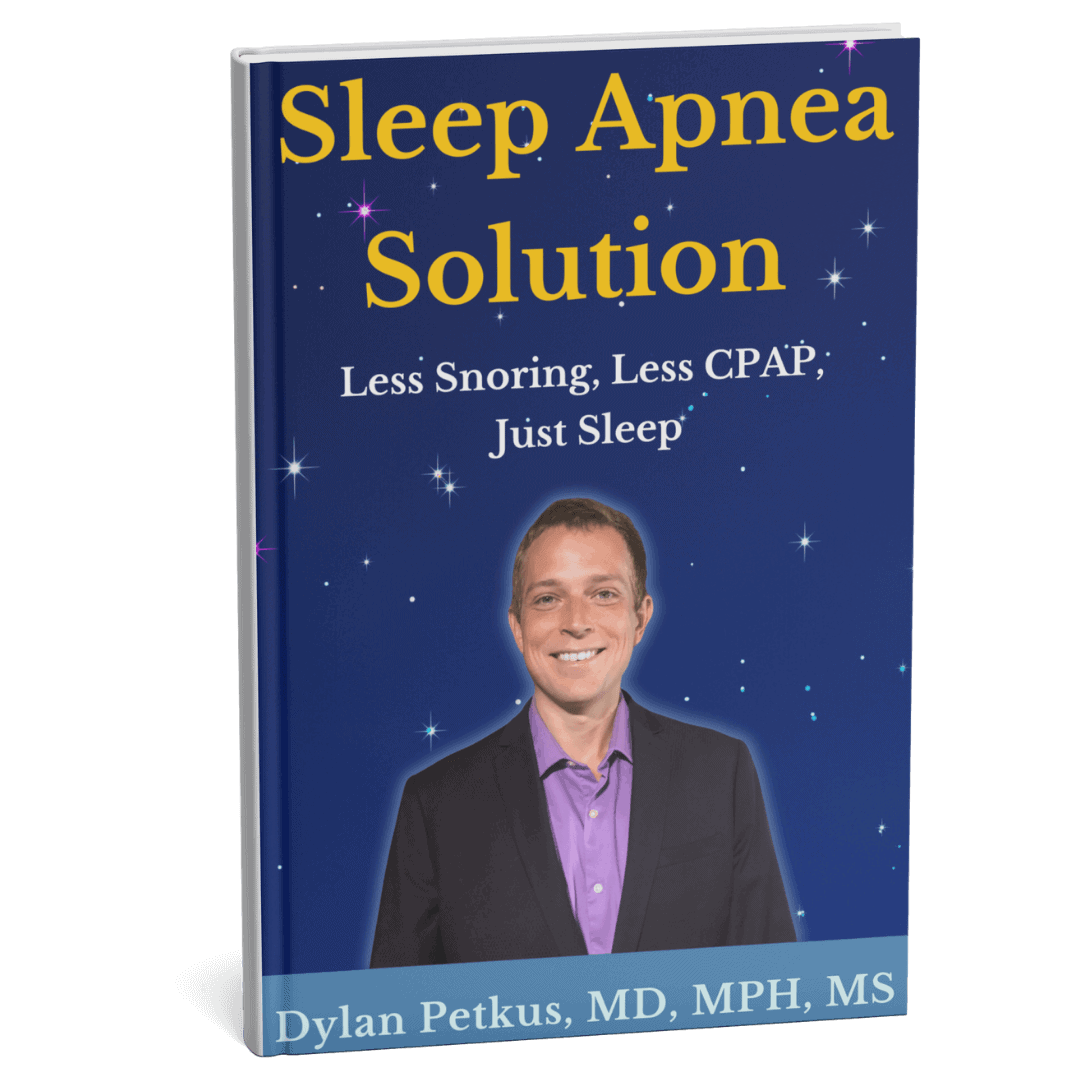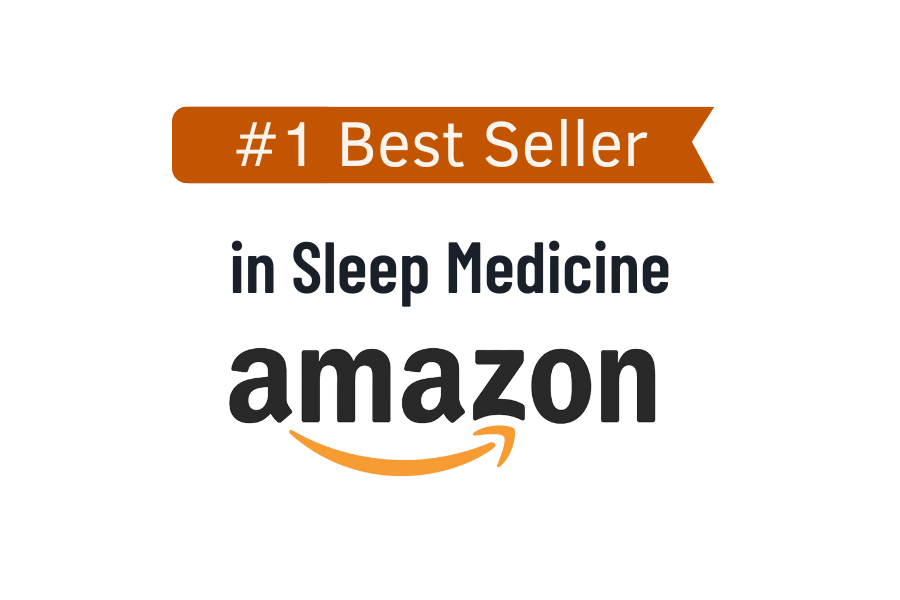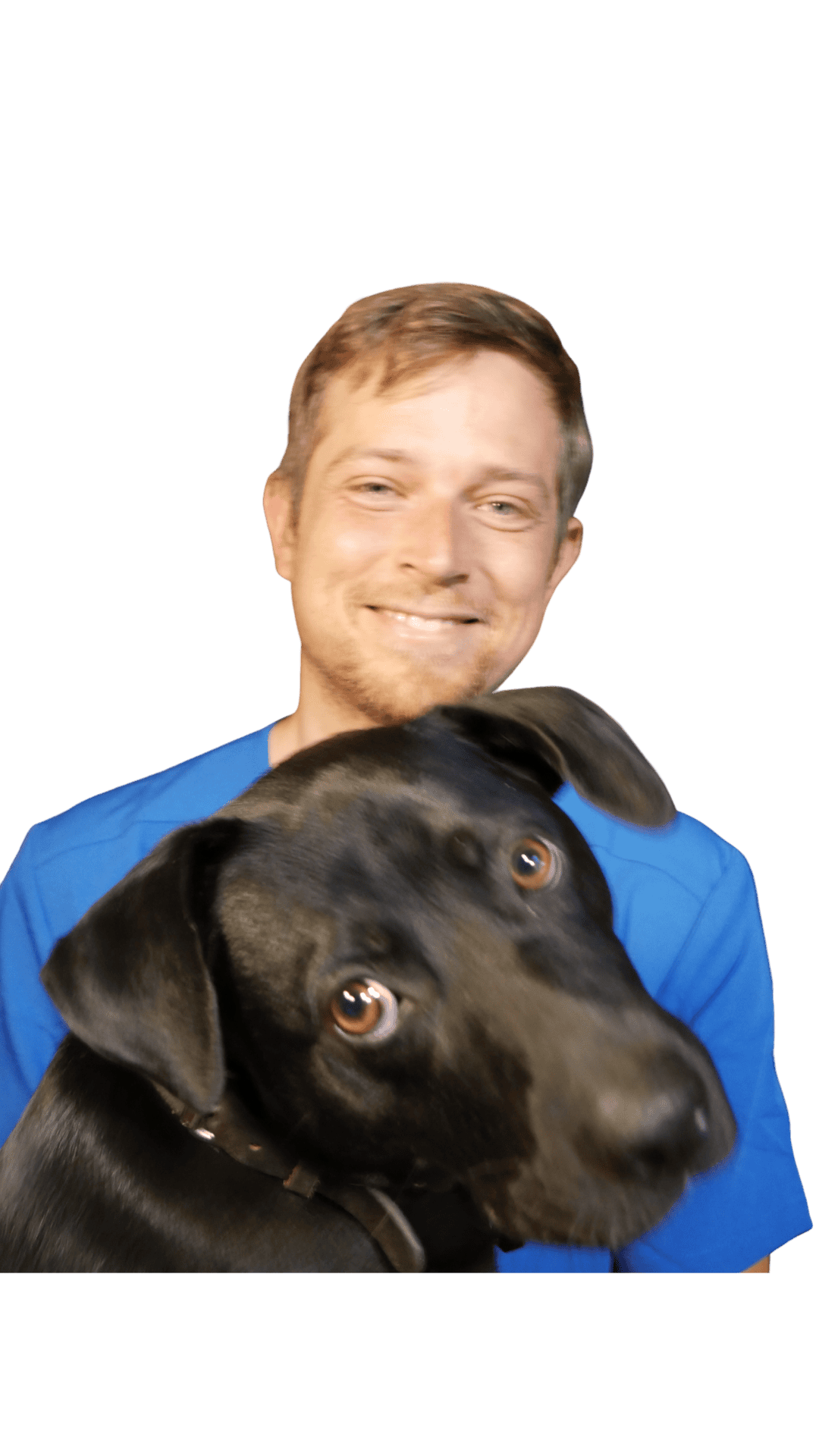Every conventional solution to sleep apnea has pros and cons, with variable success rates or options that are suited only to some people. The latest innovation, as outlined in our ebook, Sleep Apnea Solution, is to access proven, research-backed breathing exercises and routines, which teach you how to activate slower, calmer breathing throughout the night.
We speak with countless people who are looking at how to cure sleep apnea naturally at home without CPAP machines or other surgical interventions. We recognize that a natural, noninvasive, and holistic approach is often more affordable, convenient, and comfortable.
This technique is based on a clinical understanding of the underlying factors that trigger sleep disturbances. A combination of good nutrition, positive sleep environments, and active breathing routines can deliver great outcomes, even for long-term sleep apnea sufferers.
Conventional Options to Reduce the Symptoms of Sleep Apnea
Sleep apnea is a prevalent condition, and some practitioners will suggest that lifestyle changes, like reducing alcohol intake, rebalancing your diet, and trying to lose weight, may help. The reality is that although these health-focused efforts may have positive impacts, they might not produce the results you want.
We’ll recap some of the typical devices, surgeries, and treatments often suggested to ensure you have a full understanding of your options.
CPAP Machines
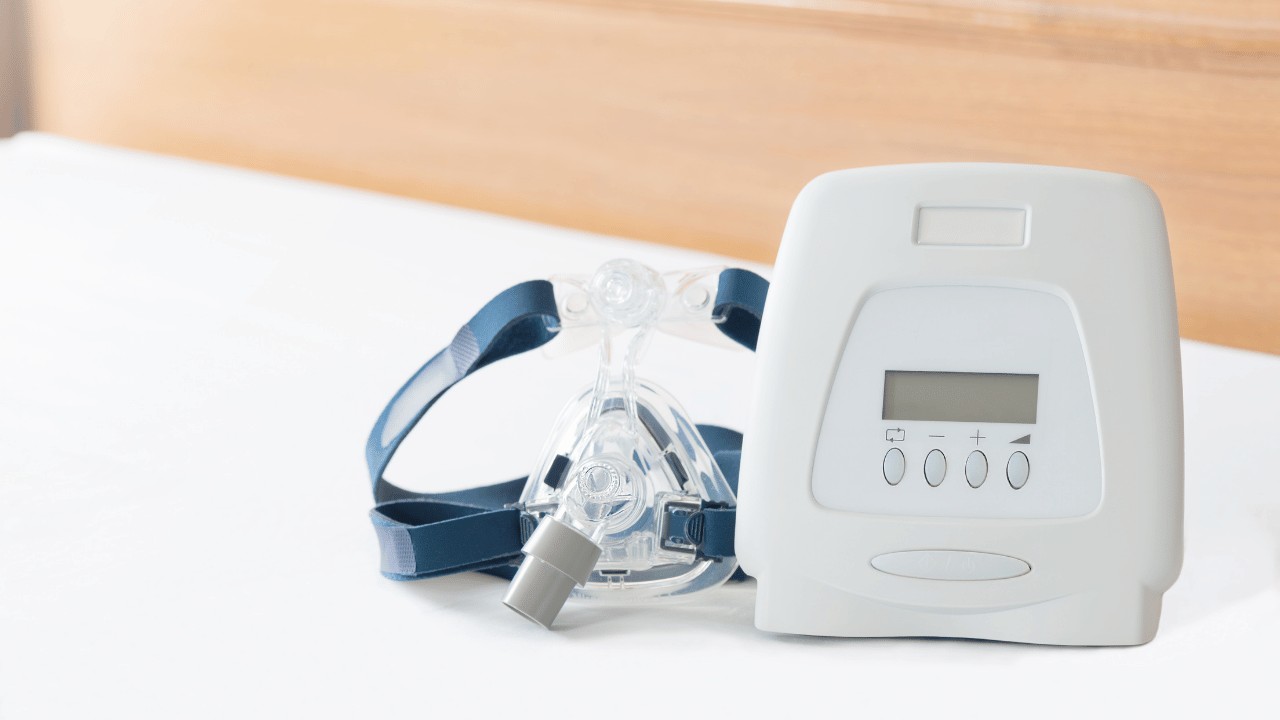
CPAP machines are worn with a mask that covers your nose and mouth during sleep, pumping air into the mask. Each device comes with:
- Straps that hold the mask in place
- A tube connecting to the machine
- An air filter
The mask and tube should be replaced and cleaned regularly. You should also take the device with you when traveling and use it during any periods of sleep, including naps. One of the downsides of a CPAP is discomfort, alongside the disruption of having a motor functioning throughout the night. CPAPs may not be suited to some people, including those with a deviated septum.
Can a deviated septum cause sleep apnea? No–a deviated septum cannot prompt sleep apnea. However, this may mean you are not a candidate for a CPAP machine since these devices are less appropriate for people who breathe primarily through their mouths.
Inspire Surgery For Sleep Apnea
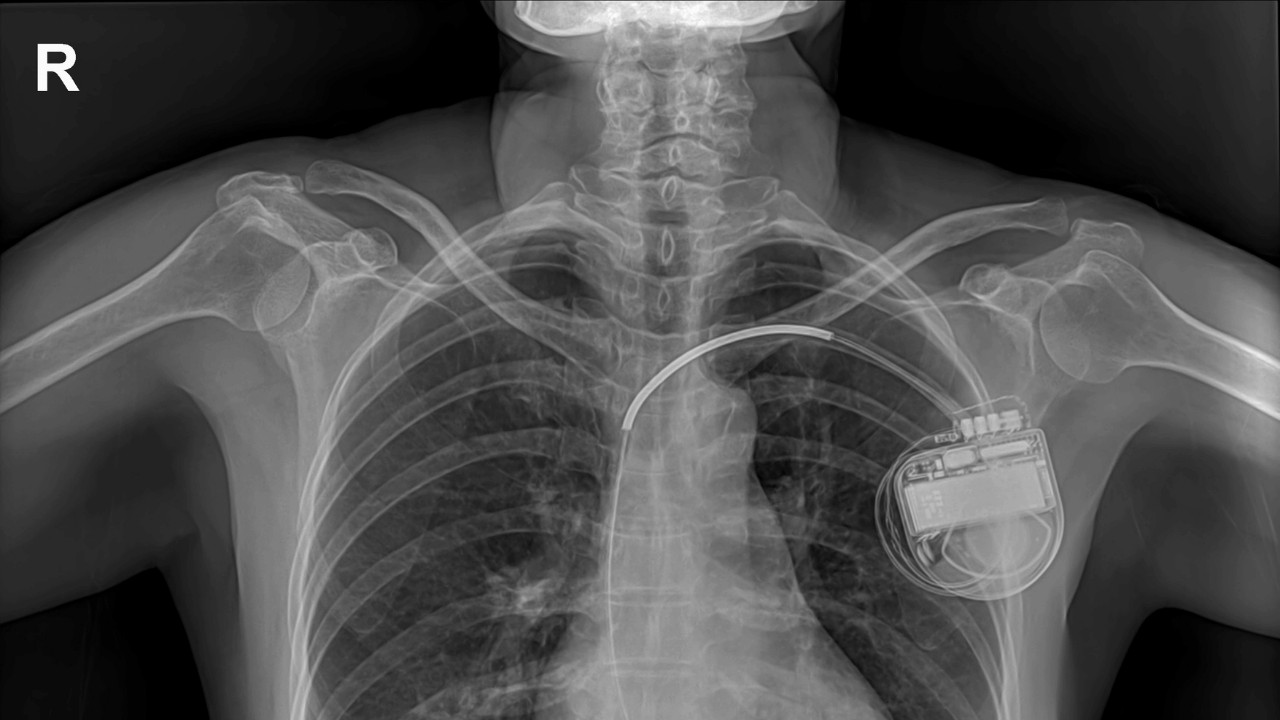
Inspire Therapy is gaining attention as a new treatment option for sleep apnea. This method involves an electronic device implanted in the chest, with a wire running through the neck to the throat muscles.
After a healing period of one to two months, the device is activated to stimulate the airway muscles at night. However, this process requires working closely with a surgical team to fine-tune the electrostimulation over three to twelve months. While Inspire Therapy may seem convenient, it involves periodic surgical revisions and the risk of being woken up by the electrostimulation, making the path to better sleep a long and complicated journey.
Despite its promotion, Inspire Therapy’s effectiveness is debated. Research and patient feedback highlight that only about half of the users respond favorably, with many experiencing complications or needing further adjustments.
This selective reporting can be misleading, showcasing a 60% improvement by excluding non-responders, while the actual improvement rate is around 30%. It’s crucial to look beyond the marketing and understand these nuances to make informed decisions about sleep apnea treatments, prioritizing fewer risks and side effects.
Gum Shields or Mouthguards
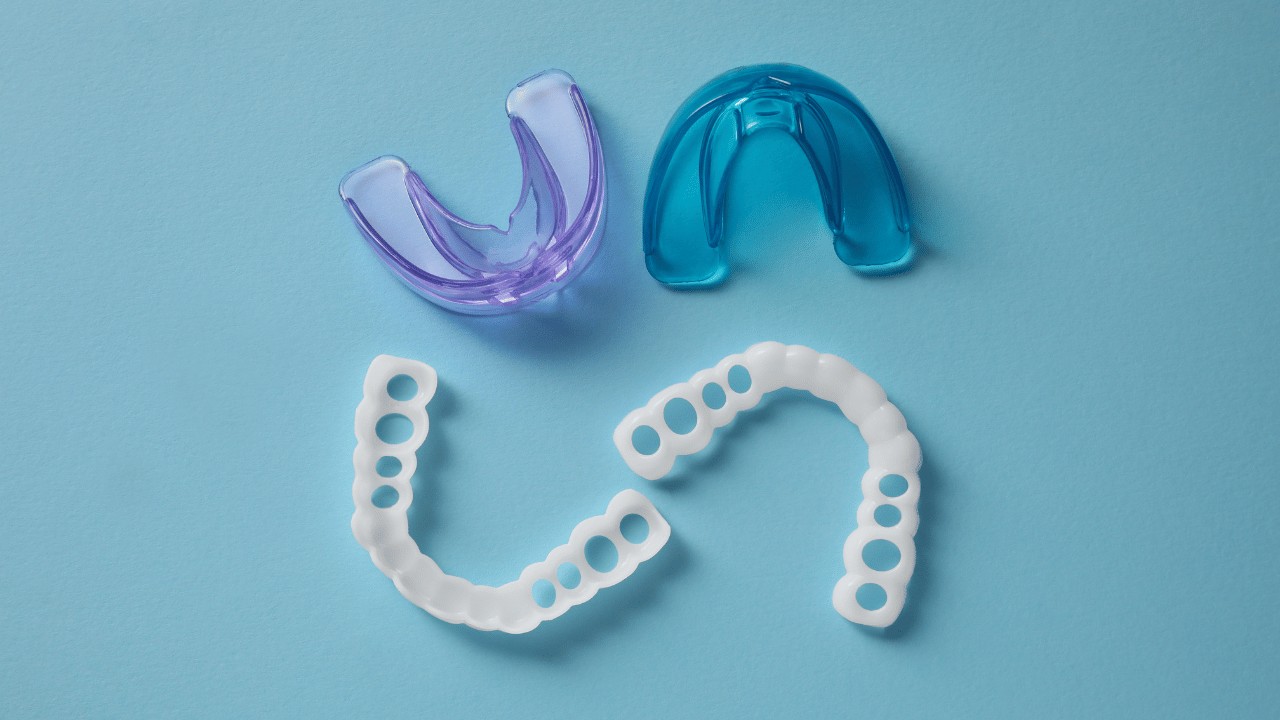
Mandibular advancement devices, or ‘sleep apnea gum shields,’ are sometimes used to hold the airway open during sleep. Most mouthguards must be custom-made to fit and can either:
- Cover both your upper and lower teeth to stop the jaw from blocking the airway
- Retain your tongue, holding it forward to stop it from falling back
The obvious drawback is that many find mouthguards uncomfortable, and the sensation of having your jaw or tongue held in place can make it harder to relax and sleep.
Sleep Apnea Surgery
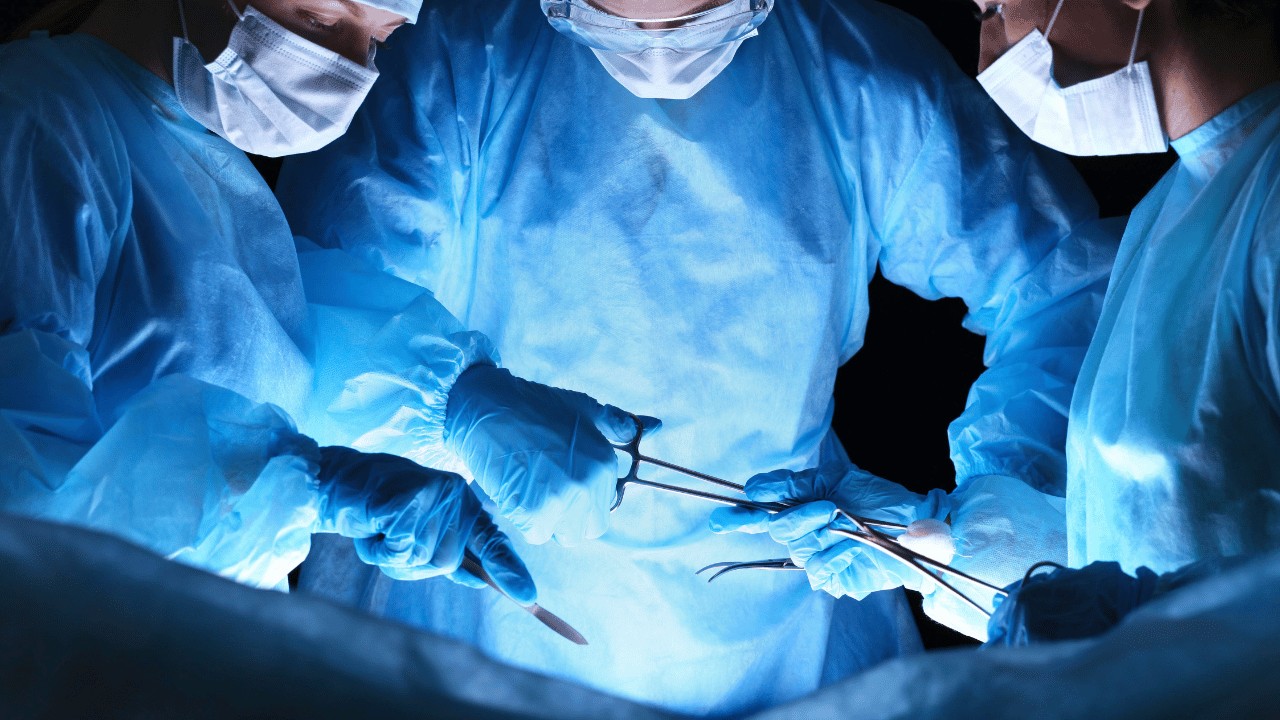
Surgeries are sometimes used when there is a notable airway blockage, such as large tonsils. A surgical team might also use a procedure called uvulopalatopharyngoplasty, where the surgeon widens the airway by removing tissue.
Other surgeries, like hypoglossal nerve stimulation, involve implanting a device that stimulates nerves during each breathing cycle. Surgical interventions often require an overnight hospital stay since they are performed under general anesthetic, with varying recovery times and risk factors to consider.
Learn More About the Sleep Apnea Solution as an Alternative
The breathing routines outlined earlier are one of many resources within Sleep Apnea Solution–an instant-access downloadable book packed with information, suggestions, and added-value content, from recipes to audio tracks and user-friendly checklists.
If you’re looking to find the newest sleep apnea approach, have tried other options that have not proven successful, or want to avoid CPAP, surgery, or a mouthguard, the ebook is available to download now!

